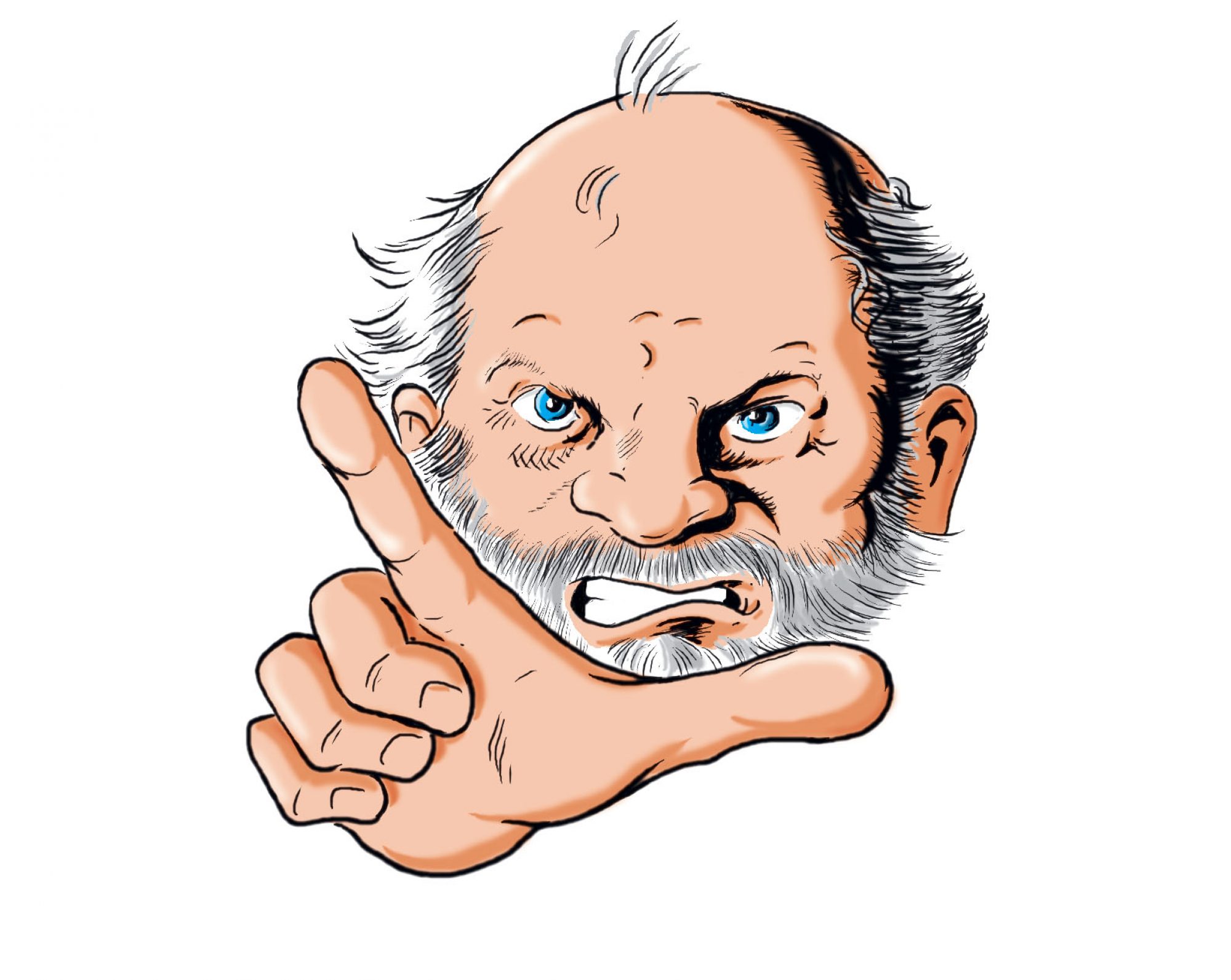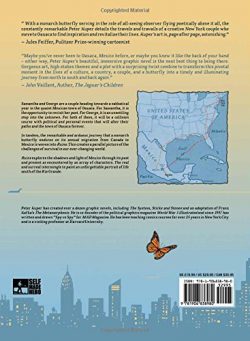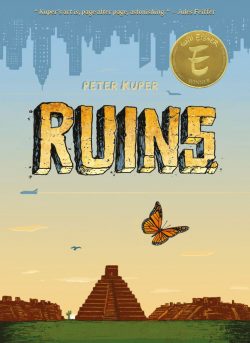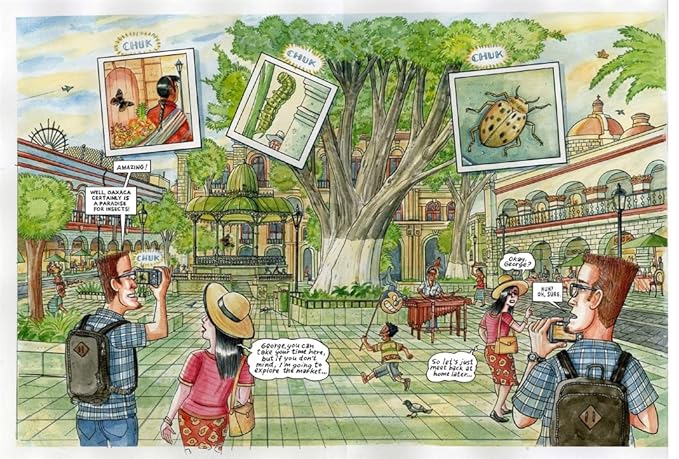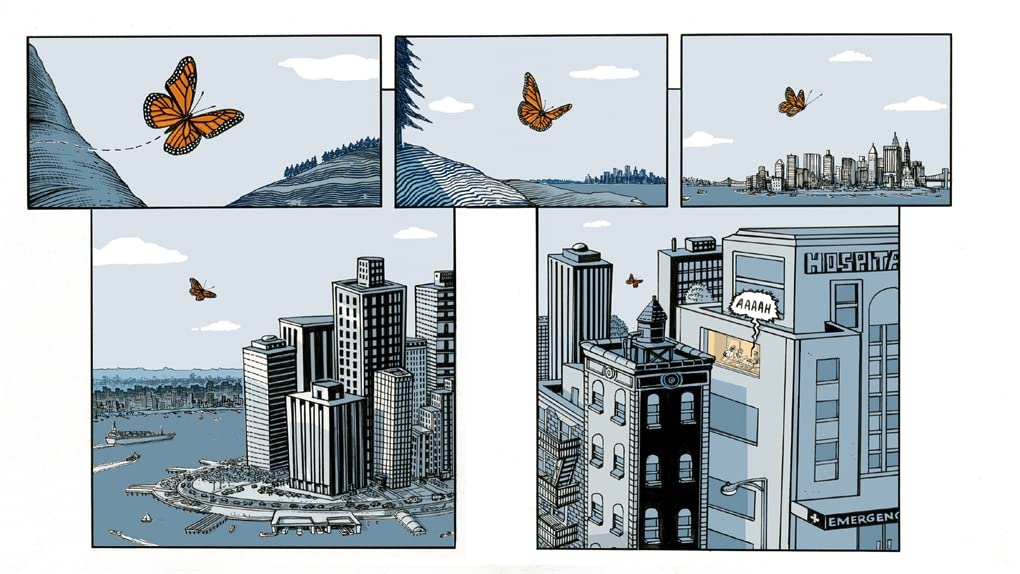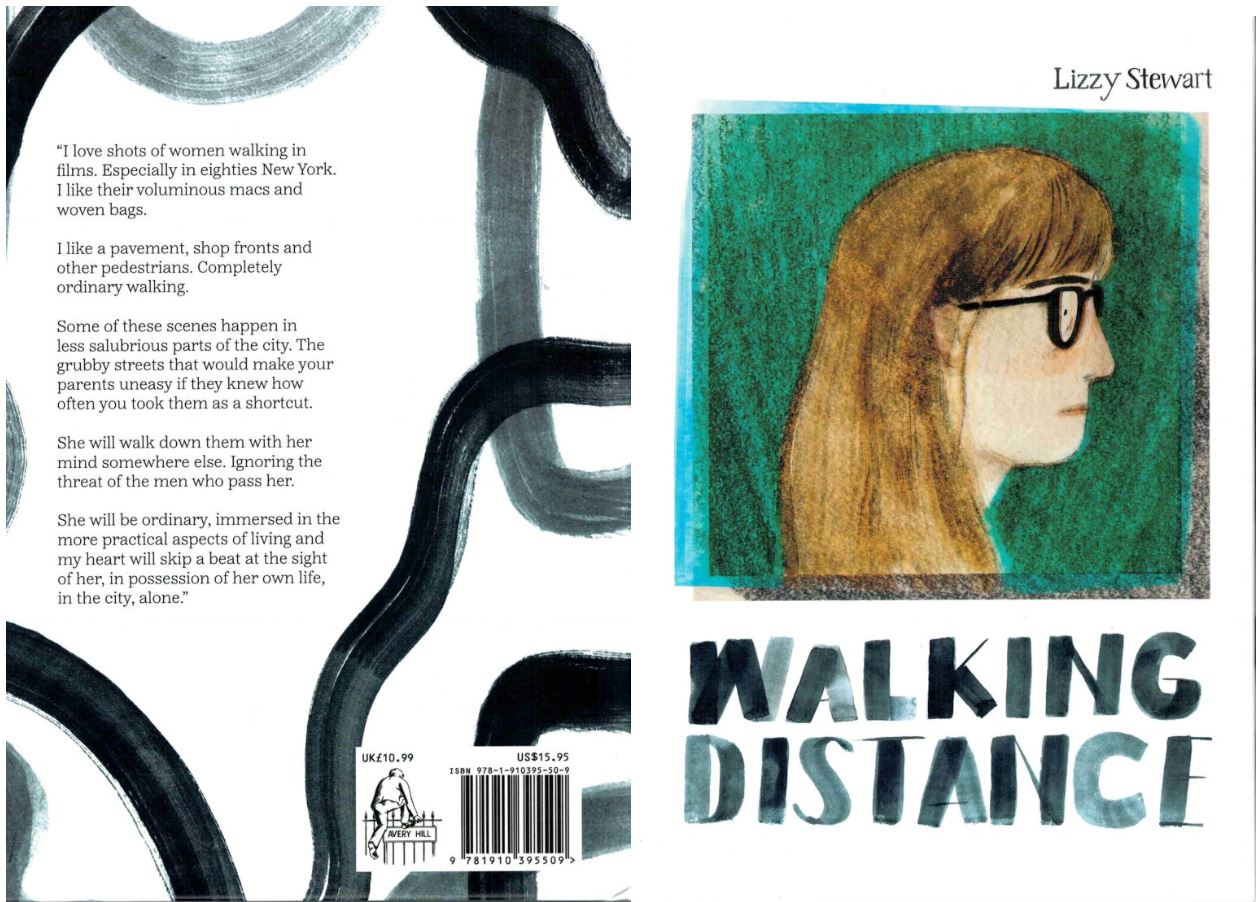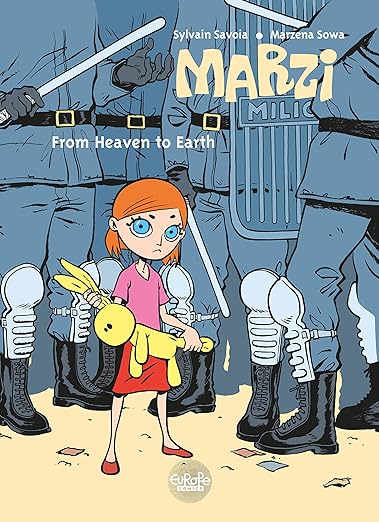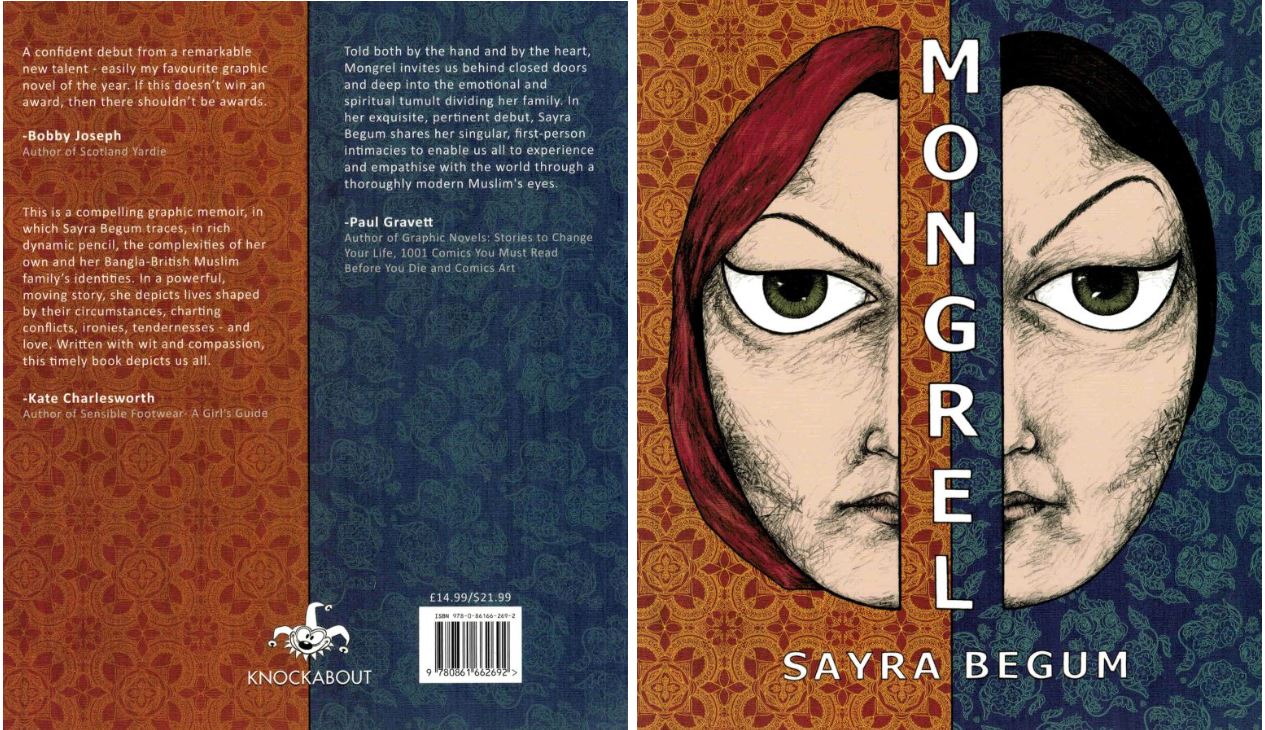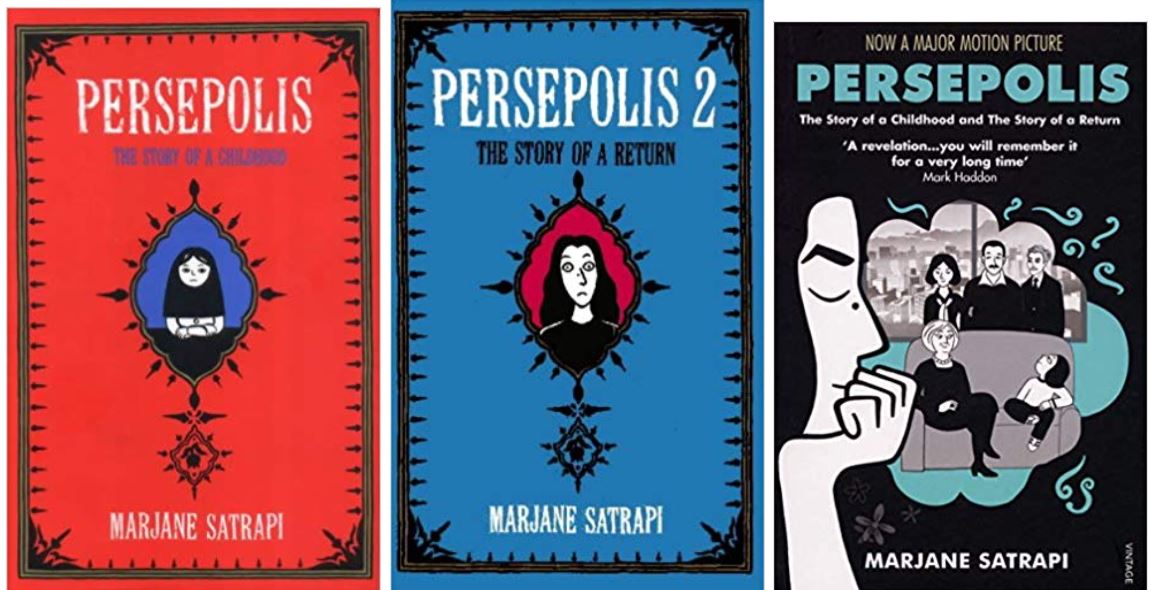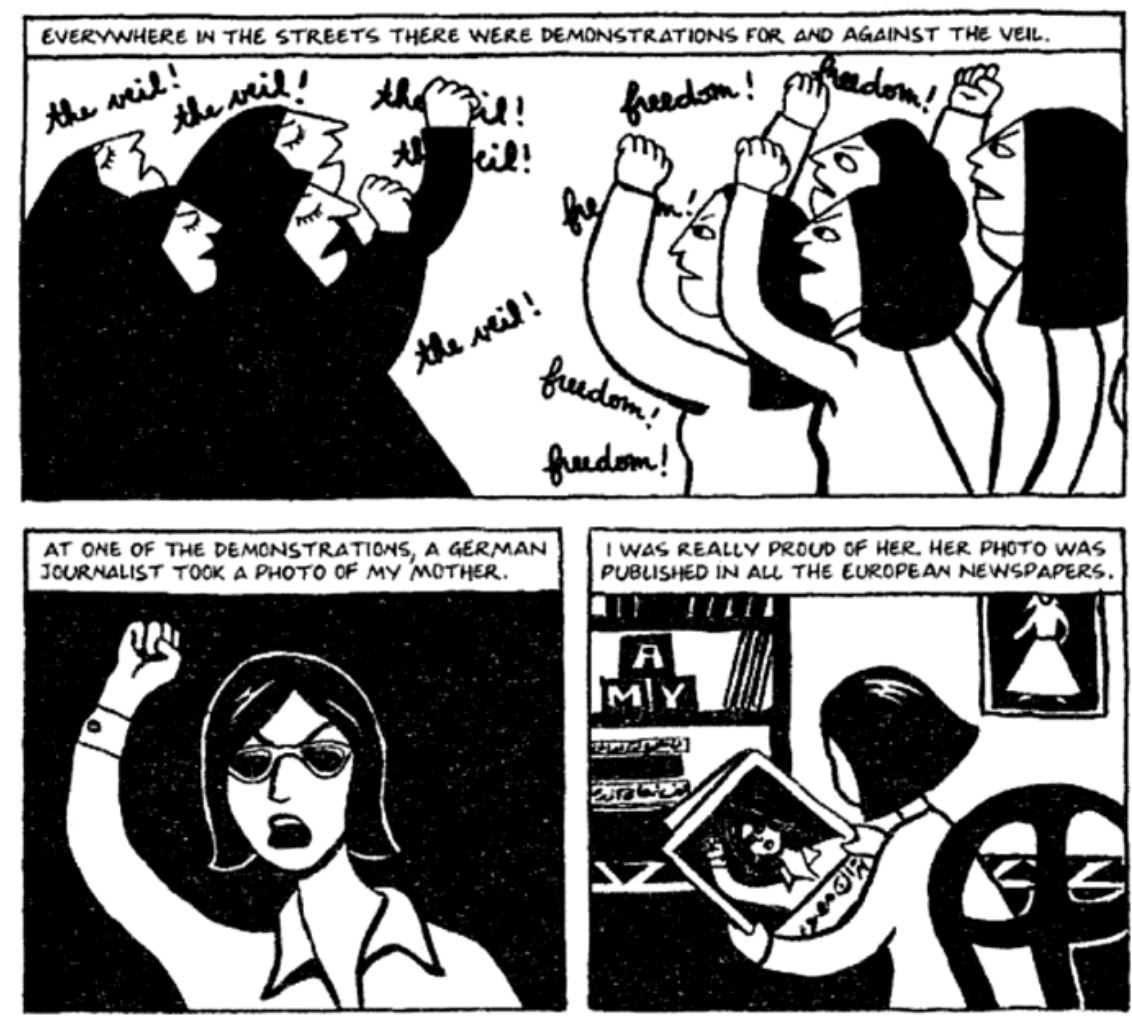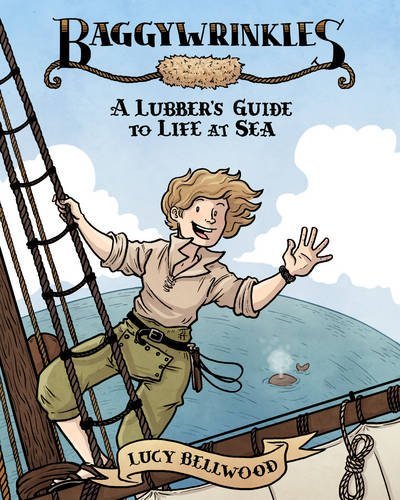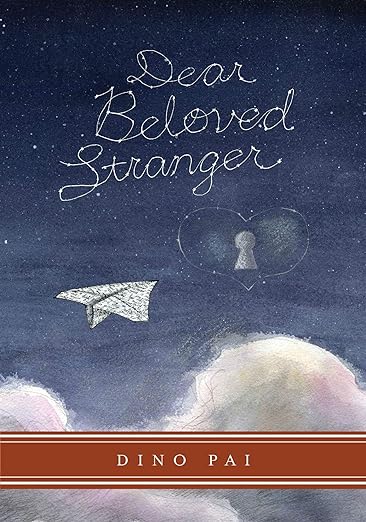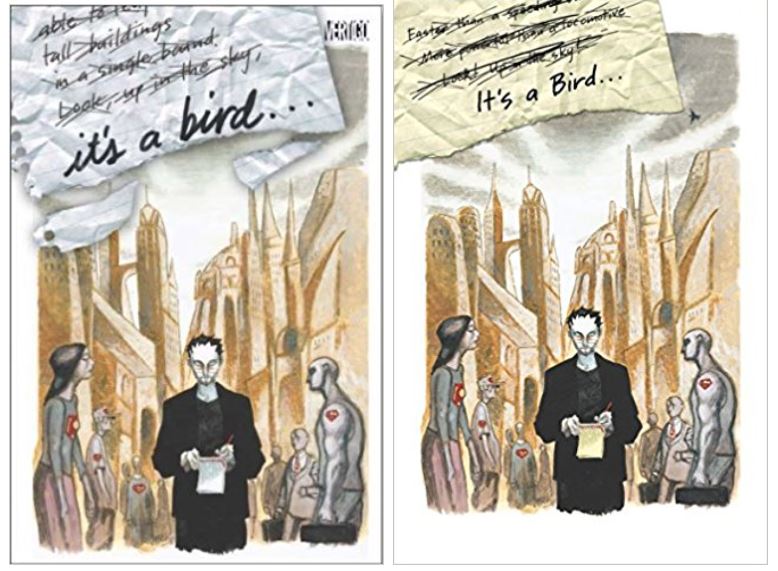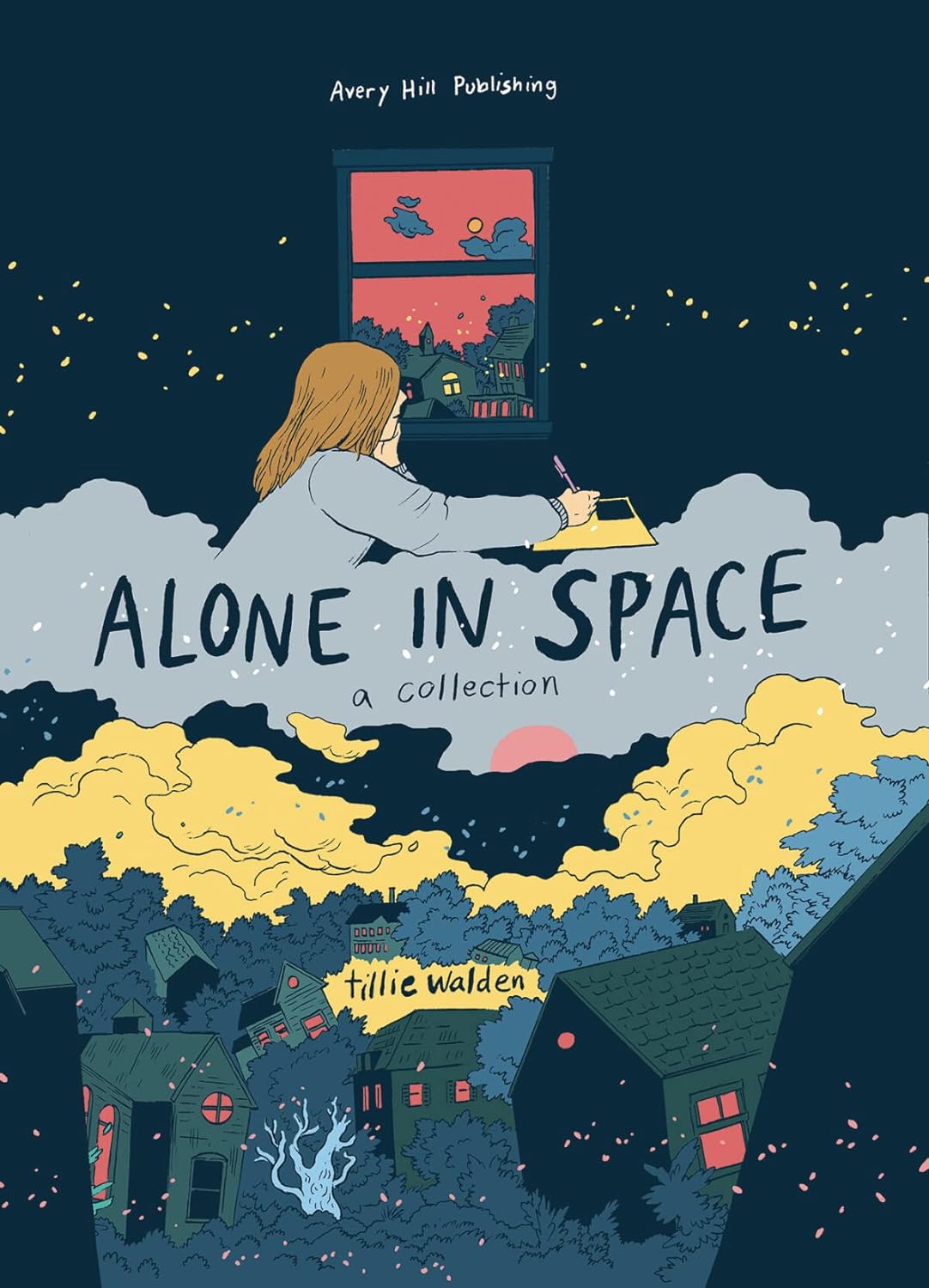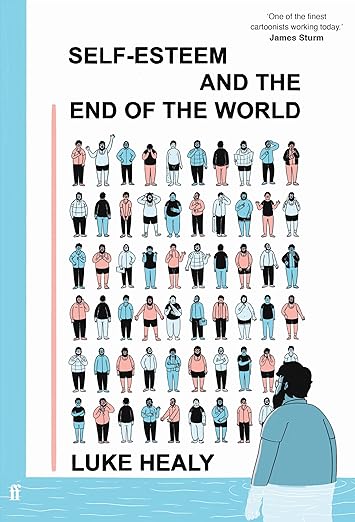
By Luke Healy (Faber)
ISBN: 978-0-571-37560-8 (HB)
Ireland’s multi-award-winning low-key iconoclast Luke Healy studied journalism at Dublin University and earned an MFA in Cartooning from the Center for Cartoon Studies (Vermont, USA). An occasional stand-up comedian, his previous cartoon works – such as Americana, Permanent Press and How to Survive in the North – have won prizes and acclaim, and he’s also done gallery shows in places like Manhattan’s Museum of Comics & Cartoon Art.
His aforementioned comics for VICE, The Nib, A24, Medium, Nobrow and Avery Hill are exceptionally good and, as I hinted, he apparently likes exposing himself to ridicule on stage. But not so much, these days.
By combining all that trauma, weltschmerz and experience into tales exploring basic big stuff like life, friends, and how to keep your head above emotional water, he has kept many of us wonderfully entertained and himself alive for a decade. Here and now, that self-excoriating journey manifests as bursts of small-scale prediction and prognostication. By looking inwards and backwards, Healy has unlocked a doorway to our probable mutual future…
As seen in prior books (like The Con Artists) our absolutely Unreliable Narrator is London-based, Irish, gay, formerly Catholic, clinically anxious and helplessly honest. He’s still undergoing treatment for his head problems and other self-diagnosed personal issues whilst perennially building pre-emptive stress for the next Big Bad Thing. Incisive, sentimental absurdist, pedestrian and casually surreal, the collective appointments with destiny are delivered in three acts each entitled ‘Luke Healy is…’ with the first preceded by tone-setting prelude ‘fig (i) Self (ish)’.
Here the aging worry-wort consults his treatment advisor and grudgingly accepts a new tactic to process feelings and responses. The first prophetic episode then sees him making ‘Plans’ as a moment of elation at a family gathering plunges him back down and confirms his gloomy assessment of everything after he attends twin brother Teddy’s engagement party and endures a major disappointment. Retreating if not exactly retrenching, Luke immerses himself in a tidal wave of self-help books and runs away to a hotel where he indulges in some unwise acts. And then Teddy tracks him down…
The narrative digresses for ‘Interlude (i) Luke brings a date back to his flat’ after which hilarious encounter we jump ahead five years to reveal ‘Luke Healy is…’ a paid writer scripting a work-training play for a major company. Sadly, devising ‘L’hotel du Murder’ as a whodunnit was a doomed proposition from the start.
The country is on viral lockdown again, Wye Valley’s Regional Hereford Gotel experiences an actual real murder the night before the premiere and with his Mam in the invited audience, Luke has to stage-manage rubbish players, his own stress, a deadly flood and the revelation that he’s subconsciously made the entire story all about him and his bosses and now faces inevitable exposure and humiliation. It never rains but it pours…
Another strange break comes with ‘Interlude (ii) Luke has a video conference with his former agents’ and he learns his books have been re-optioned. The pittance paid means the studio still aren’t making the film they’ve already “bagsied” – and so no one else can – but his reps are keen to sell something else. Surely he must have some old comics or small press stories they can push?
Another five years go by and ‘Luke Healy is…’ in Lefkada. The Greek island – like much of the planet – is mostly submerged now. Although officially working as a telemarketer at and from home, Luke has come to the expanded Aegean on a deeply personal mission. Soon he’s adopted by fellow traveller Beth: there to explore the unearthed archaeological detritus of the past.
Framed from the start in deceit, the jaunt ends painfully for all concerned and – after returning to England – ‘Interlude (iii) Luke receives a phone call’ which promises to change his life forever. Following another ‘fig (ii) Self (ish)’ moment, ‘Luke Healy is… OTMPOW’ finds the bewildered failed author and his Mam five years further on: whisked to Palm Springs (the new Hollywood ever since Los Angeles slipped beneath the seas) where a sleazy producer is turning Healy’s old comic about whale-watching into a mega blockbuster. It’s such a shame the cetaceans aren’t real and the filmmaker is hiding his secret agenda…
An ‘Epilogue’ details the sorry aftermath of all that and is accompanied by ‘appendix (ii) Of the Monstrous Pictures of Whales’ which “reprints” the college mini comic notionally adapted into that ludicrous and conniving movie, with young teens in Reykjavik hanging out, having sex and making mistakes on an Icelandic whale-spotting boat: a terse and grittily witty romance I’d certainly watch…
It seems fittingly ironic that this wry and introspective examination of the fustercluck that has become the totality of All Human Endeavour is released on the day much of Britain goes to the polls to choose the minor nabobs who will mis-guide and mis-lead us until our next general election, but that’s really just a peculiar and coincidental facet of publishing schedules. There’s certainly nothing conspicuously covert or conspiratorial. Nope. Nu-uh. No sirree-bob. Read nothing into it, but please do read this book…
© Luke Healy, 2024. All rights reserved.
Self-Esteem and The End of the World is published today.
